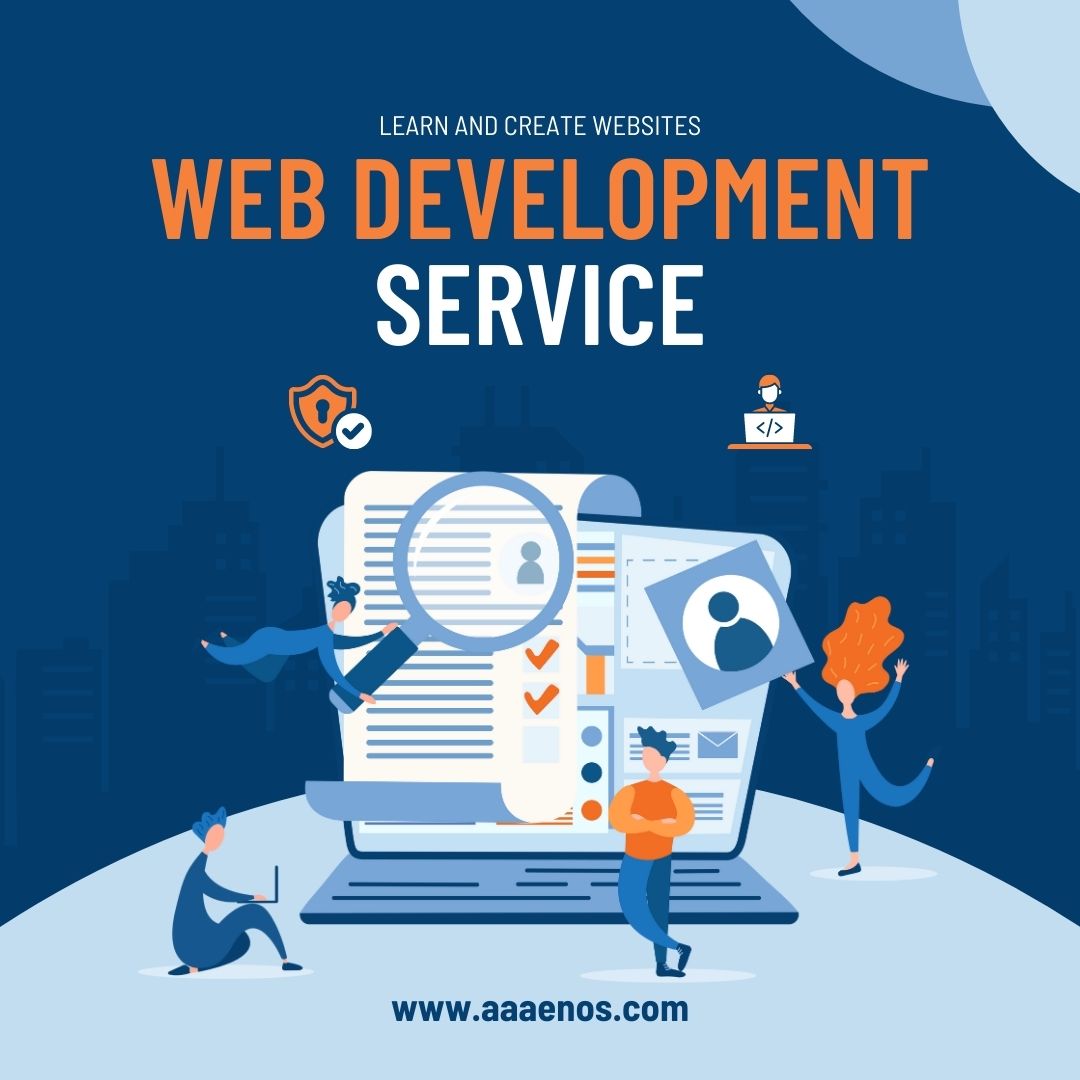Gain Skills in Web Development with Practical Course

Web development is a rapidly evolving field that plays a crucial role in building the digital presence of businesses and organizations. Whether you are a beginner looking to start a career in web development or an experienced professional aiming to enhance your skills, enrolling in a practical web development course can provide you with the necessary knowledge and expertise. In this article, we will explore the educational aspects of a web development course, the benefits it offers, and the industry trends that make web development a highly sought-after skill in today’s digital landscape.
Why Enroll in a Web Development Course?
Enrolling in a web development course offers numerous advantages for individuals interested in this dynamic field. Here are some compelling reasons to consider gaining skills in web development through a practical course:
Lucrative Career Opportunities: Web development skills are in high demand, and the demand is expected to grow further as businesses increasingly focus on establishing their online presence. By enrolling in a web development course, you can position yourself for lucrative career opportunities in the ever-expanding digital landscape.
Hands-on Learning Experience: A practical web development course provides hands-on learning opportunities, allowing you to apply theoretical concepts to real-world projects. This experiential learning approach enhances your understanding and skills, enabling you to build websites and web applications with confidence.
Versatility and Flexibility: Web development skills are highly versatile and transferable across industries. Whether you aspire to work as a freelance web developer, join a tech startup, or contribute to the digital transformation of established organizations, a web development course equips you with the flexibility to pursue various career paths.
Continuous Learning and Adaptability: Web development is an ever-evolving field, with new technologies and frameworks emerging regularly. By enrolling in a web development course, you can embark on a journey of continuous learning, staying updated with the latest industry trends and adapting to technological advancements.
Creativity and Problem-solving: Web development involves a combination of technical skills, creativity, and problem-solving. By mastering web development, you can unleash your creative potential and solve complex challenges in designing user-friendly interfaces, optimizing website performance, and implementing innovative features.
Key Educational Aspects of a Web Development Course
A comprehensive web development course covers essential educational aspects that are vital for understanding and applying web development principles effectively. Here are the key components to look for in a web development course:
HTML, CSS, and JavaScript: A web development course should cover the fundamental building blocks of web development, including HTML for structuring web content, CSS for styling web pages, and JavaScript for adding interactivity and functionality.
Front-end Frameworks: The course should introduce popular front-end frameworks such as React, Angular, or Vue.js. These frameworks enable you to build dynamic and responsive web applications efficiently, enhancing the user experience.
Back-end Development: The course should cover back-end development technologies and concepts, such as server-side programming languages (e.g., Python, Ruby, or Node.js) and databases (e.g., MySQL or MongoDB). Understanding back-end development is crucial for creating interactive and data-driven web applications.
Responsive Design and User Experience: A web development course should emphasize the importance of responsive design and user experience (UX). This includes topics such as optimizing websites for different devices, designing intuitive user interfaces, and conducting usability testing.
Web Development Tools and Version Control: The course should introduce popular web development tools and practices, such as code editors, integrated development environments (IDEs), and version control systems (e.g., Git). Familiarity with these tools enhances productivity and collaboration in web development projects.
Industry Trends in Web Development
Web development is influenced by various industry trends, reflecting the evolving needs and preferences of online users. Staying aware of these trends can help you stay ahead in the field of web development. Here are some industry trends in web development:
Responsive and Mobile-first Design: With the increasing use of mobile devices, websites need to be responsive and optimized for mobile browsing. Mobile-first design approaches prioritize the mobile experience and adapt content to different screen sizes.
Progressive Web Applications (PWAs): PWAs combine the best of web and mobile app experiences, providing users with app-like functionality and offline capabilities. PWAs offer faster loading times, push notifications, and the ability to install the app on the user’s device.
Single-page Applications (SPAs): SPAs deliver a seamless user experience by dynamically updating content without refreshing the entire page. Frameworks like React, Angular, and Vue.js enable the development of SPAs, resulting in faster and more interactive web applications.
Microservices Architecture: Microservices architecture promotes building applications as a collection of small, independent services that can be developed, deployed, and scaled independently. This architecture enables flexibility, scalability, and easy maintenance of complex web applications.
Cybersecurity and Data Privacy: Web developers need to prioritize cybersecurity and data privacy. The increasing number of data breaches and privacy concerns emphasize the importance of implementing robust security measures, such as encryption, secure authentication, and adherence to data protection regulations.
Conclusion
Enrolling in a practical web development course can equip you with the skills and knowledge necessary to thrive in the ever-expanding digital landscape. By gaining expertise in web development, you can pursue lucrative career opportunities, leverage your creativity and problem-solving skills, and contribute to building engaging and user-friendly websites and web applications. Look for a web development course that covers HTML, CSS, JavaScript, front-end frameworks, back-end development, responsive design, user experience, and web development tools. Stay updated with industry trends, including responsive and mobile-first design, progressive web applications, single-page applications, microservices architecture, and cybersecurity. Embrace the world of web development, unleash your potential, and play a significant role in shaping the digital experiences of the future.





